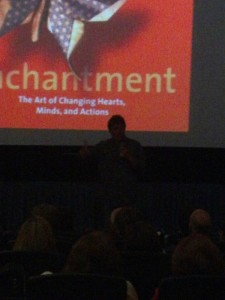It was a great pleasure to visit my alma mater, UT Arlington, today, and talk with a great group of students and professionals.
Here are direct links to the resources I mentioned during the talk:
- Corinne McKay’s Tips for Newcomers to the Translation and Interpreting Professions
- Harry Obst’s book The White House Interpreter
- Daniel Sanchez Reinaldo’s blog on TV interpreting (Spanish)
- Metroplex Interpreters and Translators Association (Next event in December)
- American Translators Association
- Texas Association of Health Interpreters and Translators
- Texas Association of Judiciary Interpreters and Translators
- Texas Licensed Court Interpreter examination
- Federal Court Interpreter Certification Exam
- Bureau of Labor Statistics – Occupational Outlook for Translators and Interpreters
- Apple Job Listing – Technical Translator (Mexican Spanish)
- ATA Compensation Survey Summary (PDF)
- Erik Hansson’s list of translators and interpreters on Twitter
- Follow me on Twitter
One thing I’d like to underline is that it’s easy to feel a little lost starting out in this profession. Don’t be afraid to find your own path, but also know that there are many, many colleagues who will be happy to give you tips and help you along.
Finally, if you’re ready to start going through the steps of setting up your translation business, I recommend you check out Corinne McKay’s online course, How to Succeed as a Freelance Translator.
Correction: My slides included incorrect information for passing scores for the Texas Licensed Court Interpreter exam. The minimum passing score for a Basic license is 60% and the minimum passing score for a Master license is 70%. I’m grateful to the colleague who alerted me to this error.

